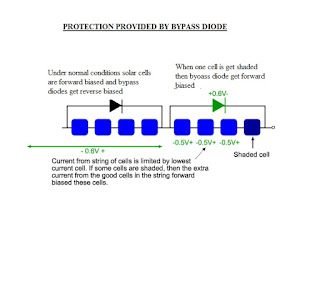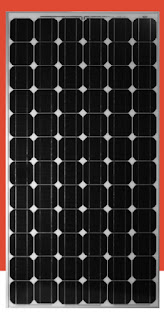Dimmer for lights; Dimmer electronic; Dimmer working principle

Dimmers are used for controlling brightness of the light. Dimmers are used to change the waveform of the voltage applied to the light. Dimmers are used for controlling voltage of resistive loads lights i.e. for CFL’s, Bulbs, resistive incandescent, LED lights etc. Dimmer chops the voltage applied to light. Which will allows chopped part of voltage to pass to light. Dimmers are available in different sizes and ratings, they have sizes as small as size light switch to control domestic lighting and have as higher rating for controlling lighting installations in theatres and architectural lightings. Above pic shows small size of dimmer used domestic lights Dimmer is wired in series with the lamp. The lighting dimmer control is done by potentiometer. To control voltage in lighting potentiometer needed to be rotated to control the voltage. From above pic you can see how Dimmer is wired in circuit. Dimmers are available in different ratings from 600-1000 W rating, de...



